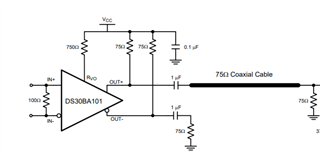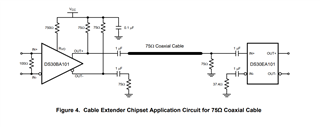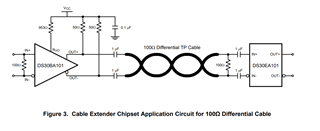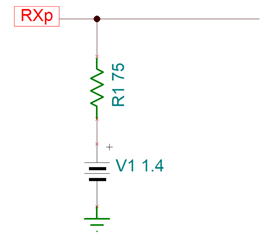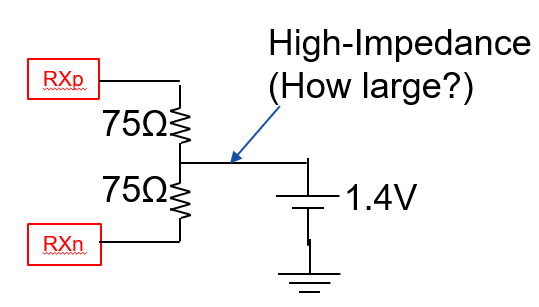Other Parts Discussed in Thread: DS30EA101, LMH0324, DS30BA101, LMH0302, TEST2, LMH1219EVM, LMH1219, LMH0397, LMH1297, LMH1297EVM
Tool/software:
Hi Team,
I am looking for a simulation model of the DS15EA101 or DS30EA101 that I can use to simulate transmission in ADS. The only model I could find is an IBIS model (thread title: "DS15EA101: IBIS Model" and DS30EA101 product page), but after checking the description of the IBIS models, it seems that it cannot be used as an Input-Output model. To see the effect of equalization on the devices, I need an IBIS IO model, a Touchstone file (s4p) or an IBIS-AMI.
I would be grateful if you could provide me the model I need.
Or could you introduce other equalizers with similar performance to DS15EA101 or DS30EA101 and with a model for simulating transmission in ADS? My application is as follows :
- LVDS
- 500Mbps
- 50Ω transmission line
- -22dB loss at 250MHz
Best Regards,
Naoki Yoneyama


